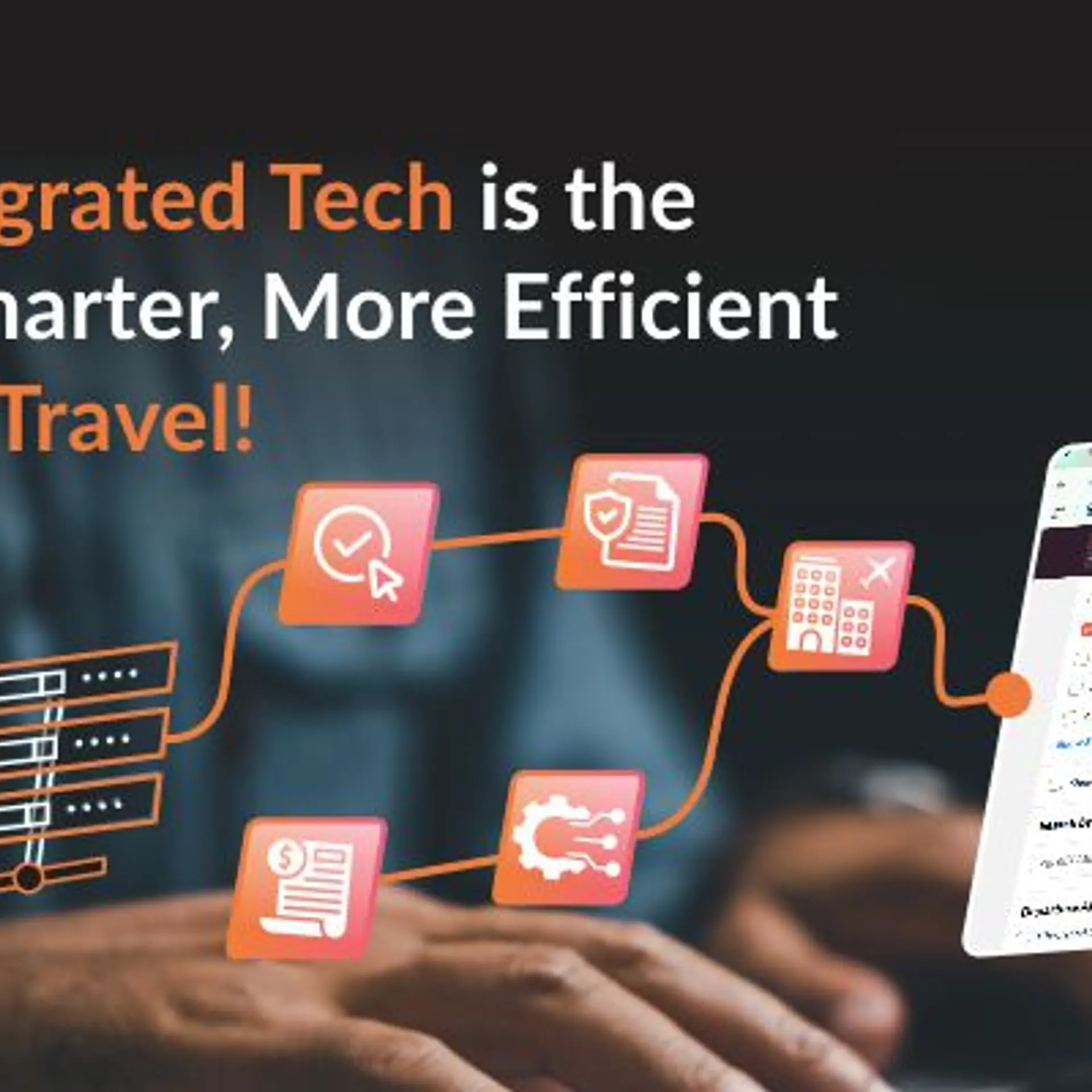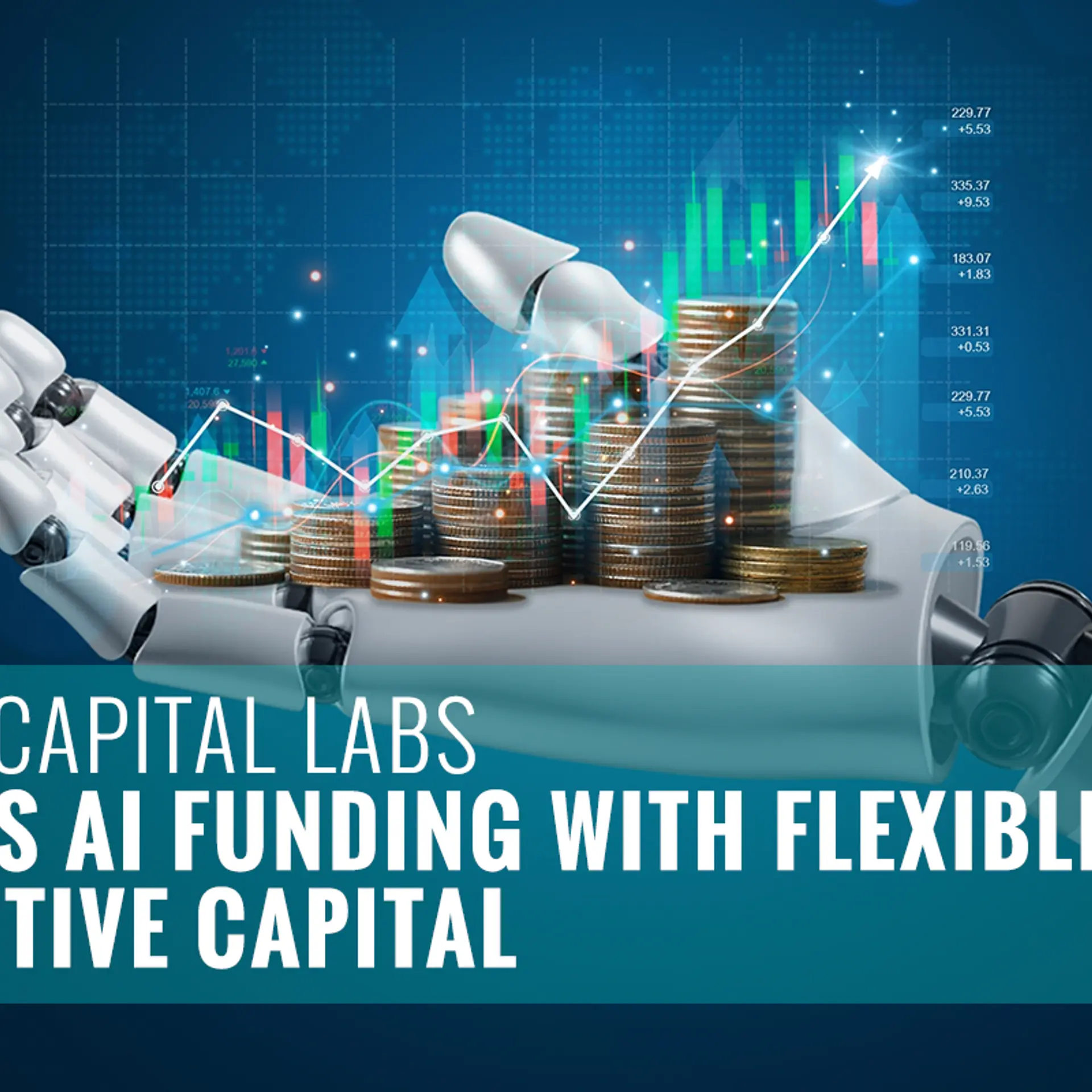

How businesses can stand ahead of the competition with next-gen technology mobile apps

The present scenario in mobile app development has comfortably shifted to implementing next-generation technologies while developing mobile apps. The fragmented ecosystem replaces itself with an all-integrated one. Navigation and convenience is the topmost priority for both the consumers and brands.
According to IBM, mobile solutions have turned out to be the most crucial source of investment for almost 84% of businesses to appeal to the customer base.
AI, Big Data, IoT, Augmented Reality/Virtual Reality, Blockchain – all these things have provided a capability to leverage mobility. And this eventually helps businesses to realize the opportunities that lie ahead owing to customer satisfaction.
Implementing Next-gen Tech to Attain a Competitive Edge
Innovation has ushered in almost all sectors of the industry. All of these assist in reducing human interference, bringing accuracy and options to choose from, and most importantly saving customers’ time. Multi-channel engagement is the need of the hour, and brands want to heavily invest in it to gain an edge over their competition.
Artificial Intelligence
The reliance on smartphones is increasing almost ten-fold. Every device is connected for performing even the simplest of tasks. A study by Adobe indicates that the year 2018 saw 40% of the transactions done through smartphones only. Hence, consumers now want everything to be super fast. And they are not ready to accept anything that doesn’t give them the desired experience.
Artificial Intelligence provides precisely that to both the customers and brands. AI enhances and gives a boost to all the functions that humans do. However, the difference is just that smartphones already know how AI interacts with them. The integration of AI makes it convenient to detect the owner’s location. Eventually, it helps businesses in offering personalized and customized location-based solutions for their queries. These features also help a company in analyzing user data and behavioral patterns.
User Management and Real-time App Changes
Next-gen technology has also given birth to an exciting new feature of User Management API. Such a feature helps connect business and access the content only for their selected app user-base on Cloud. Or they can also connect with the app users who have their presence on the external database of app administration. It eliminates the need for developers’ time as its implementation enables them to change user access by altering their database content. It also benefits a business in managing app users when old accounts need to be deleted, for new people joining.
Real-time feature in the next-gen apps enables a brand to modify their apps quicker and provide agility. It minimizes the developer’s work to make changes in codes and also quickens the process of acceptance in the app store. Pre-defined templates for customizing the apps work on a real-time basis, saved, and then applied everywhere automatically.
Voice Assistance
Voice assistance has grown a lot since its introduction across the platforms. Whether its an assistant or a chatbot, both apps and websites gain a lot of conversions. Each sector right from Gaming, Travel, Healthcare, Logistics, e-commerce attain huge benefits from it. Voice support has brought a certain level of convenience in the customers’ lives as it helps in scheduling and reminding crucial things. Now it has become even more innovative with the feature of making calls in the background while customers book appointments.
Bots and other assistants use Natural Language Processing and Machine Learning for creating a human-like conversation with their customers. Voice integration has become critical to implement because of the rise of IoT. With so many devices right from smartphones to homes, a universal interface becomes crucial. Voice commands are the most convenient way of indulging in daily tasks.
According to Gartner, around 25 million things are expected to be connected.
Machine Learning and Speech Recognition
AI and Machine Learning come together for smart speech recognition. There is a difference in integrating voice recognition and speech recognition. Hence, Automatic Speech Recognition (ASR) comes into play to transcribe voice to text. Natural Language Understanding (NLU) is another component that developers use to send requests to the app. Machine Learning is the next crucial step to train the device in understanding such commands and examples.
Companies like api.ai, Nuance, and wit.ai can help a business can gain a lot by using such algorithms that turn the requests to JSON and become understandable. It makes the system contextually aware by implementing both conversations and real components like gestures and GUI. Language switch is another innovation that allows global brands to interact with their customers from different locations. They can integrate various content holders in a single app and add localized content. They can either use the same documentation for translation or generate content based on the culture, preferences, etc.
Analytics and Predictiveness
Sentiment Analysis is a powerful technique that enables a business to gain insights about interactions with users and the competitors with which they are engaging. It also provides suggestions on which feature should be eliminated and added against it. Additionally, analyzing consumer behavior across different platforms lets a business get a clear idea about which platform they frequently use, timing, and purpose.
Similarly, predictive analysis helps in rolling out customized notifications about what users should do next. Integrating analytics in mobile apps assist in identifying accessible content across different sections. It helps in better content optimization for your customers. Elasticsearch is one such technique that helps in solving Big Data issues. It enables businesses to perform organic language searches across varied volumes of documentation.
Concluding Thoughts
Streamlining of business generates a lot of bottlenecks in front of employees and administration. Next-gen technology has given birth to two essential metrics called Application Performance Management (APM) and Enterprise Mobile Management (EMM). While APM helps in analyzing app behavior of customer-base, the EMM process tackles the security, operations, and finances of apps. Since apps form an integral component of a digital ecosystem, such tools are only going to grow and evolve with the rising demands of the customers.






